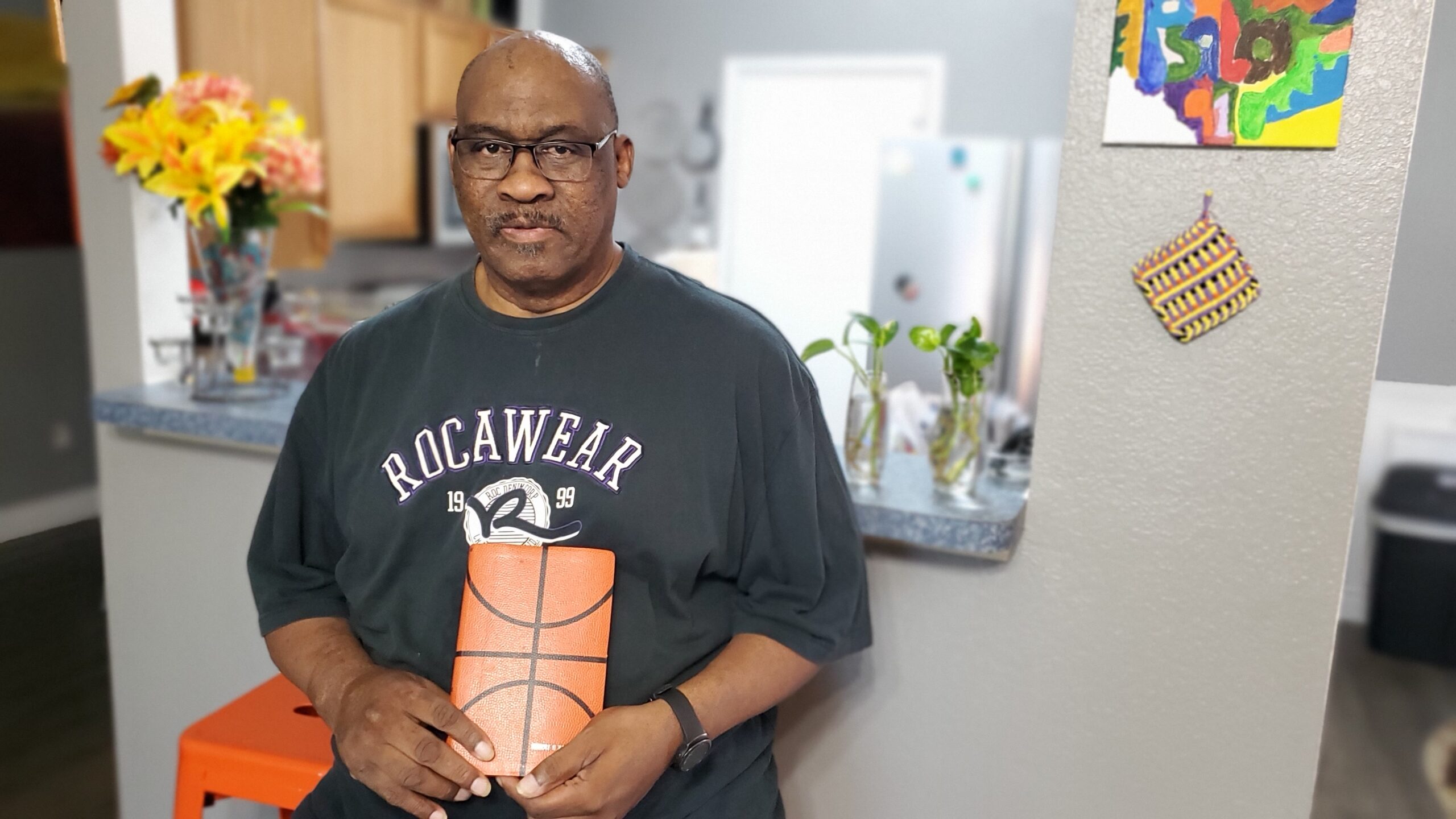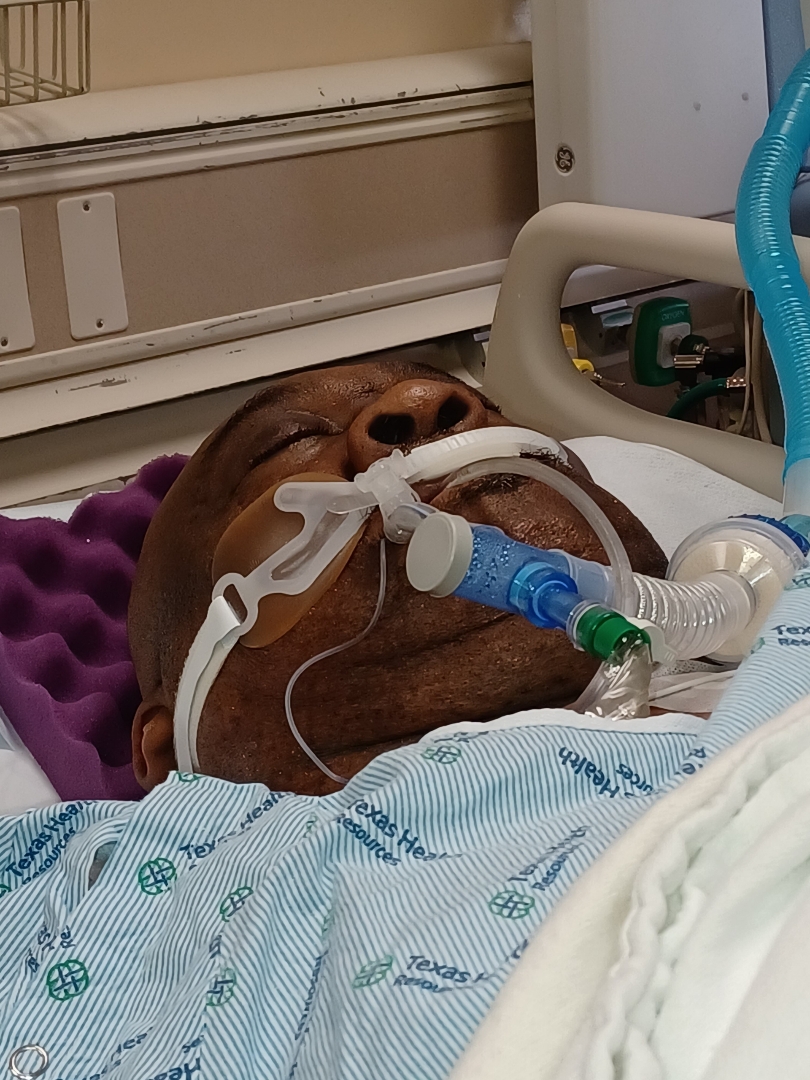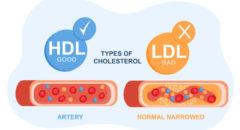
Atrial fibrillation (AFib) is a condition where someone has an abnormal heart rhythm. The condition, which affects approximately one in nine Black Americans before the age of 80, is less frequent in Blacks. However, Blacks with AFib are more likely to have complications. This includes the risk of developing a stroke.
When “the heart isn’t really beating, has an irregular rhythm and isn’t pumping blood out regularly, this can cause blood to have a different flow pattern inside of the heart causing flow stagnation in the heart and that can lead to blood clots forming in the heart…Those clots can travel. When it travels to the brain and it causes blockage and a big artery in the brain, that can lead to stroke,” Dr. Yinn Cher Ooi, MD, a Neurological Surgery and Spine surgeon at Texas Health Fort Worth says.
This was the case for Robert Williams whose wife Priscilla noticed something was wrong after she returned from the store to discover that Robert had dropped all of his medicine on the floor and that his speech was off.
“I kind of figured that he was having a stroke,” Priscilla shares.
Taking quick action, she called 911. The operator had Priscilla test Robert by asking him to perform some basic tasks.
“She said to tell him to smile and he couldn’t do it. She asked me to tell him to lift up his hands and when he lifted up his hands, the left hand went down. And then she gave me a phrase to say to him and he couldn’t say the phrase,” Priscilla recalls. “She said ‘Ma’am I think you’re right. I think he is having a stroke.’”
RELATED: Post-Stroke Care: What to do After Having a Stroke
As soon as Priscilla got off the phone with the 911 operator, paramedics were at the door. They confirmed he was having a stroke and took him to his hospital of choice: Texas Health Harris Methodist Hospital Fort Worth.
“Robert came to us with a very large stroke on the left side of his brain the size of a watermelon seed that had traveled from his heart to his brain causing a blockage in one of the major blood vessels of his brain,” Dr. Ooi, who treated Robert shares. “That led to him having a very big stroke. He was very sick when he came to us, unable to speak, unable to understand speech, and unable to move the right side of his body. He had a very profound facial weakness.”

Due to the severity of his stroke, Roberts’s condition was touch and go. “I was told he had about a 34 percent chance of survival,” Priscilla shares.
Because Robert’s blood vessels made it impossible to perform a traditional thrombectomy, Dr. Ooi opted to enroll him in








